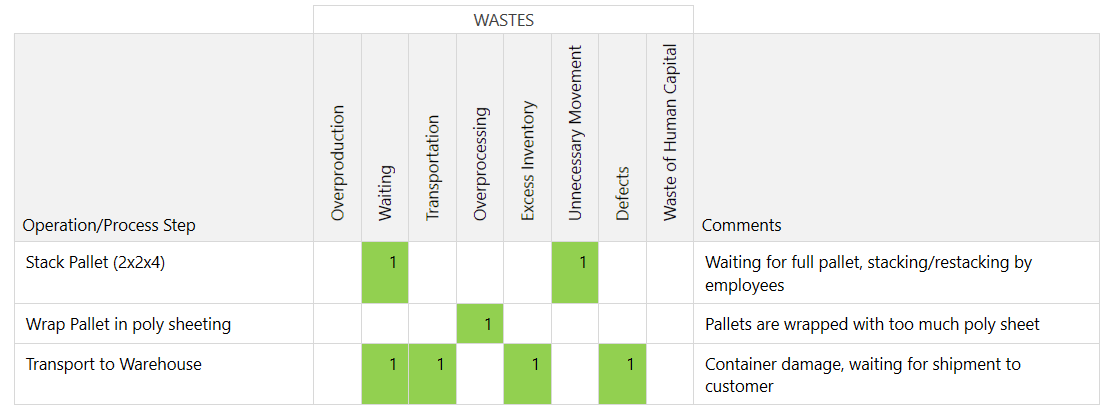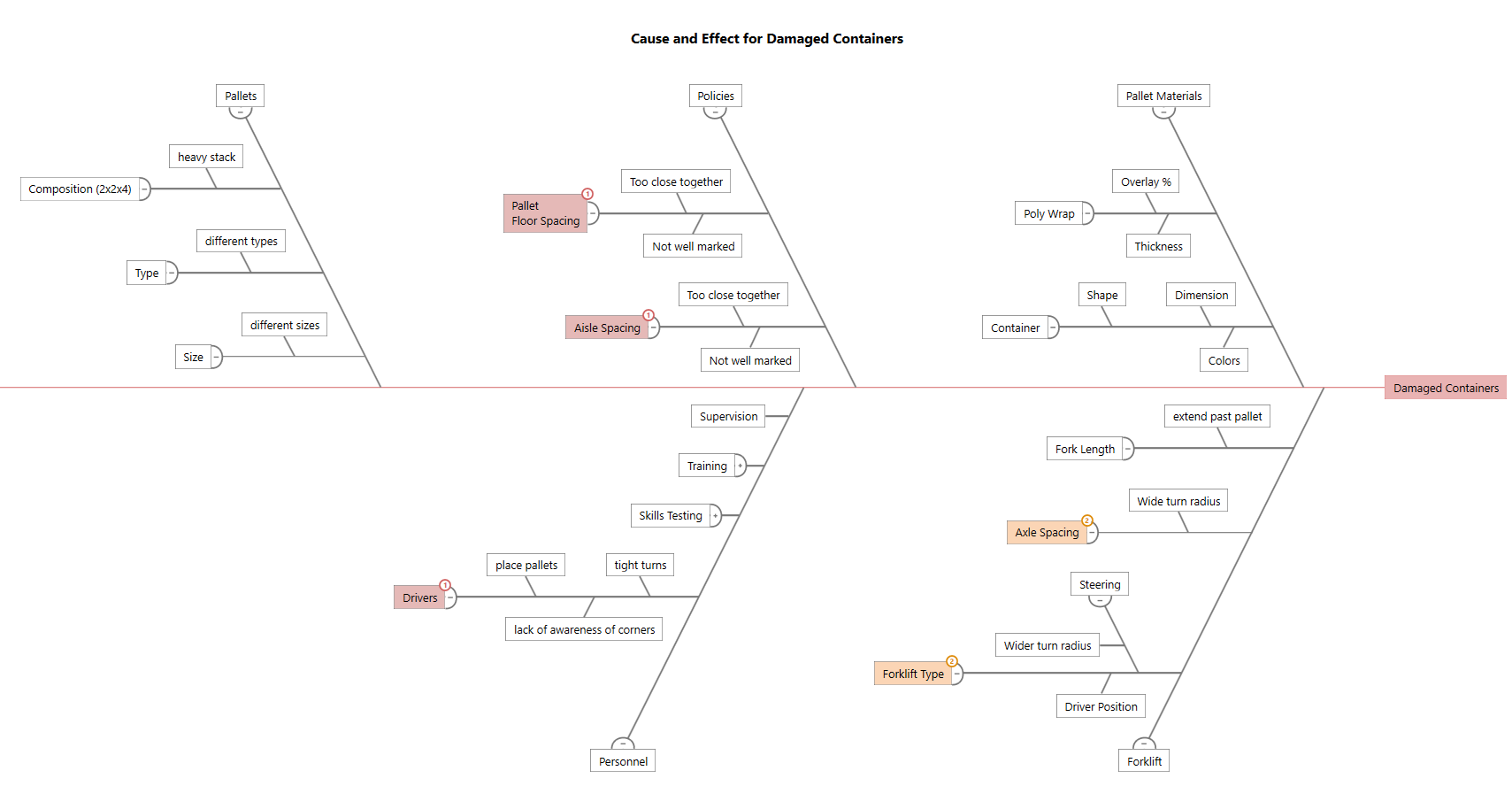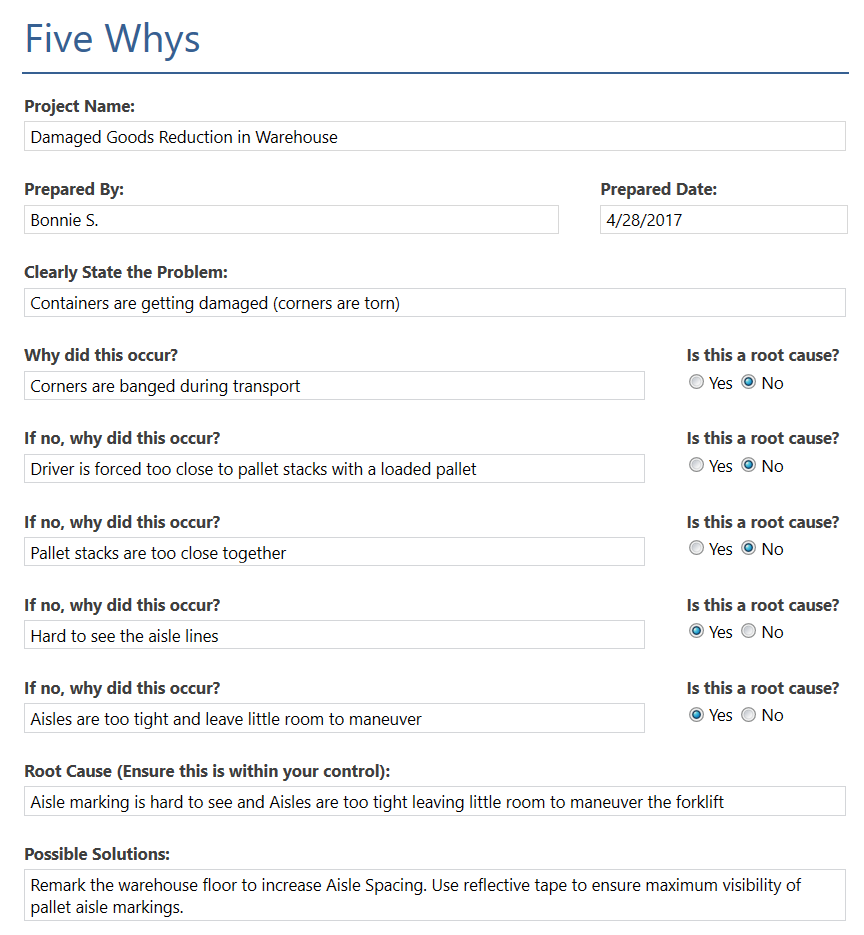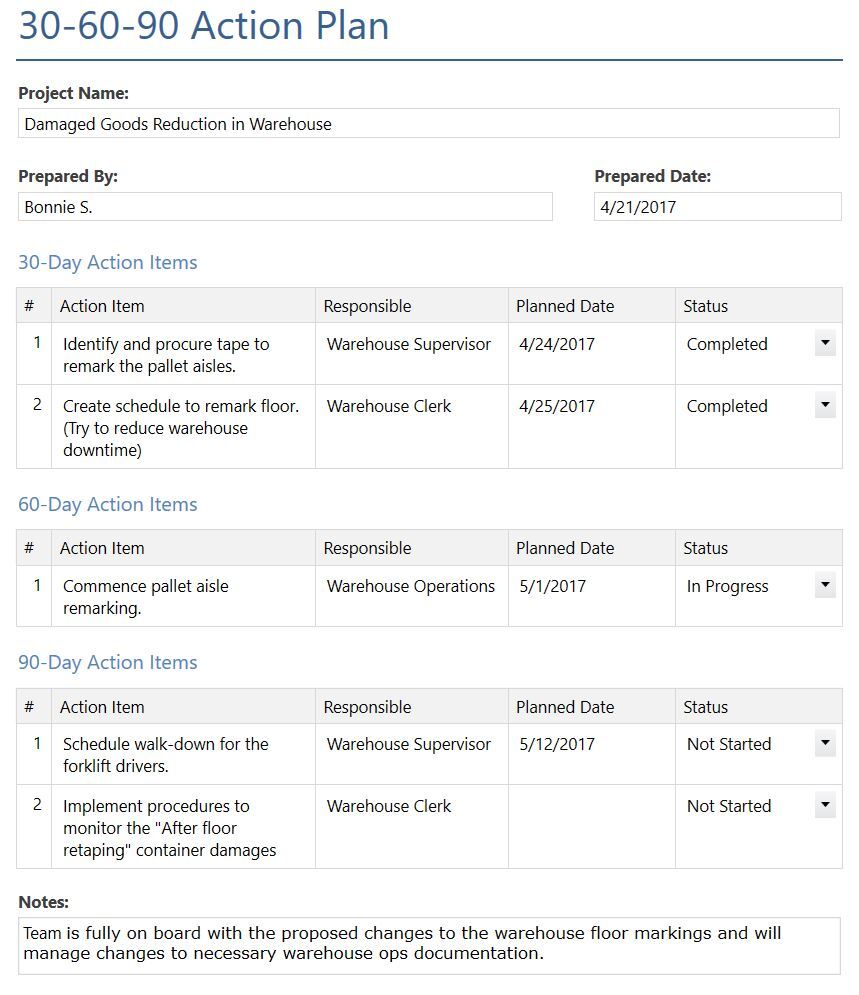In Part 1 of my A New Spin on the "Stand in a Circle" Exercise blog, I described how Taiichi Ohno, the creator of the Toyota Production System, used the “Stand in a Circle” exercise to help managers identify waste in their operations.
During this exercise Ohno would take a manager or student to the shop floor, draw a chalk circle on the floor, then have them stand inside the circle and observe an operation. His direction was simply, “Watch.” Several hours later Ohno would return and ask “What do you see?” If they saw the same problem Ohno had seen, then the exercise was over. If not, he would say “Watch some more.”This would continue until the manager or student saw the same problem Ohno had seen, thus teaching them to observe waste. Ohno developed this exercise to help organizations identify and deal with the Seven Wastes of Lean.
In this post, I’ll walk you through a "Stand in the Circle" example using Minitab Engage®. Suppose you are a process improvement practitioner at a company where full containers—boxes of tile grout—are transported from the processing area to the warehouse for shipping. The containers are stacked onto pallets, wrapped with poly sheeting, and transported to the warehouse to wait for shipping to the customer.
While standing in a circle in the middle of the warehouse, you notice and document several wasteful activities on the Waste Analysis by Operation form (Figure 1).

Figure 1. Waste Analysis by Operation
The highest-priority issue is the container damage, so you'll address this one first. The containers can get damaged when being stacked on the pallets and transported to the shipping area.
A Cause and Effect diagram (C&E) or Fishbone can be used to identify causes for an effect or problem. During a team meeting, conduct a brainstorming session to identify the causes of the container damage. On a C&E diagram, the effect, or central problem, is on the far right. Affinities, which are categories of causes, branch from the spine of the effect and the causes branch from the affinities. The structure of the C&E Diagram will immediately sort ideas into useful categories (affinities). Use Engage’s built-in priority rating scale and color coding to identify high, medium or low priority causes to further investigate.

Figure 2. Cause and Effect Diagram
Another tool to help get to the root cause of a problem is the 5 Whys line of questioning (Figure 3). By asking the question “Why?” five times, you will eventually get to the root cause of the problem and identify steps to prevent it from happening again. Both the Cause and Effect Diagram and the 5 Whys tools are best performed in a group setting with a team knowledgeable about the process.

Figure 3. 5 Whys Form
After solutions are identified, the team can fill out the 30-60-90 Action Plan to identify and track the long-term activities. Using this form will help the team clearly identify:
1). What remains to be done?
2). Who is responsible?
3). When will it be done?

Figure 4. 30-60-90 Action Plan
As your processes and services become more effective and efficient, your customer will appreciate the improvements made in delivery, quality, and price. When an organization eliminates waste, improves quality and reduces costs, they gain a competitive advantage by responding faster and better to customer requirements and needs.
The simple exercise of “Standing in a Circle” will open your eyes to new ways to improve your processes by eliminating wasteful activities. Using a root cause analysis tool such as the Fishbone and the 5 Whys can quickly get your team to understand the causes behind inefficient tasks.
Once the root causes are identified, the team can get busy identifying, selecting and implementing solutions. Using a project management tool such as Engage will help keep the process improvement team organized and will keep your stakeholders and executives apprised of progress automatically.
Engage puts all of your tools in one easy-to-use application, so you'll spend less time managing projects and more time moving them forward. If you aren't already using it, you can try Engage for free.



